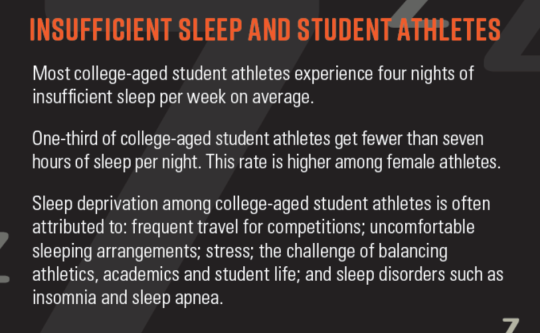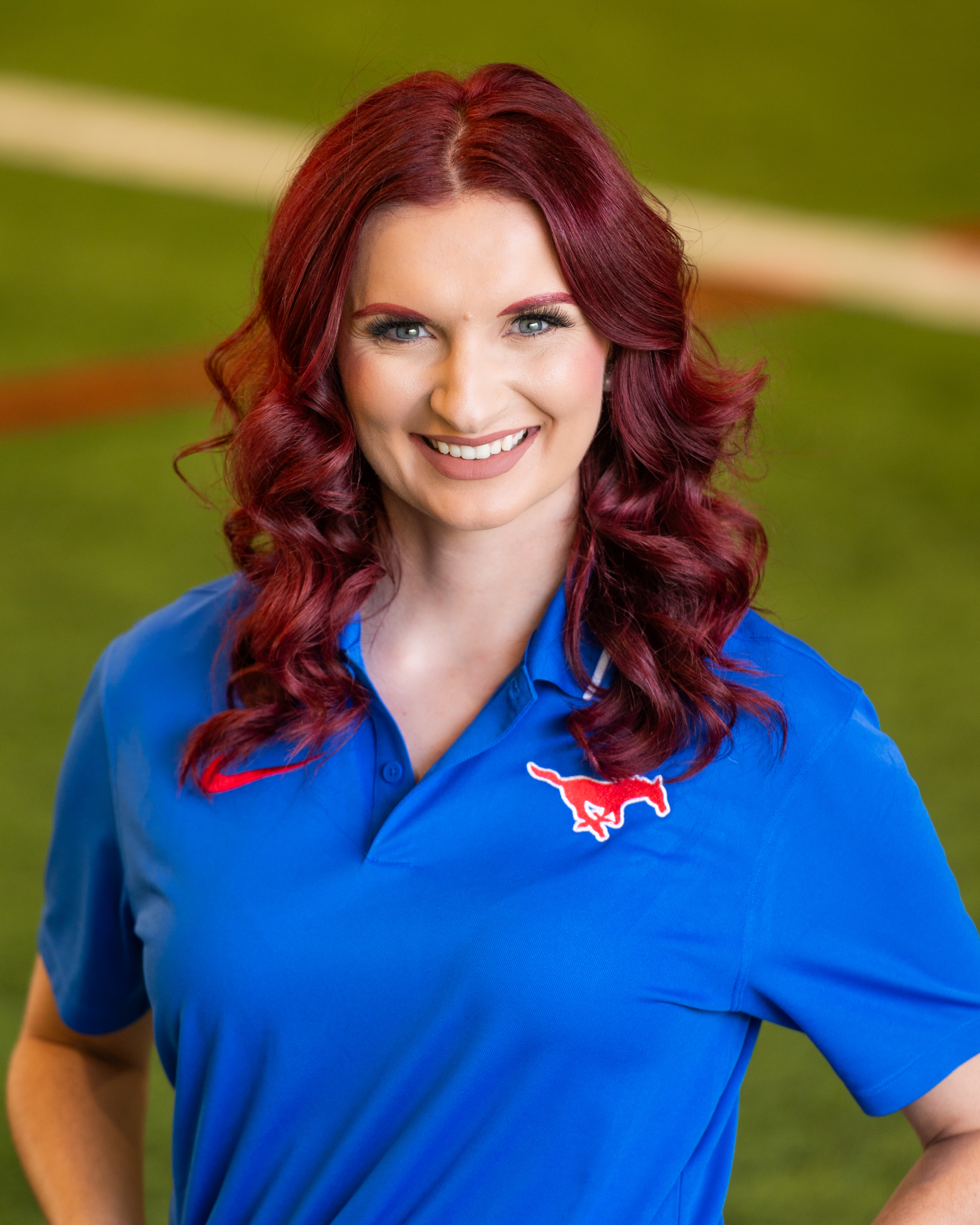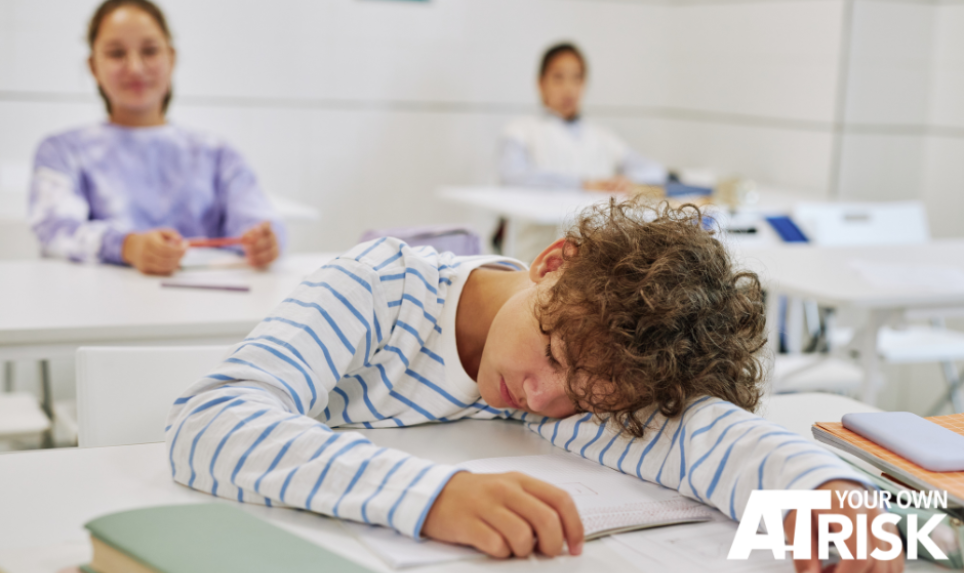One of the most important yet overlooked aspects of an athlete’s muscle recovery is sleep. Often between busy schedules and balancing life responsibilities, sleep is the first to suffer. However, the time spent sleeping is the only time the body isn’t active and is able to perform the self-healing tasks it’s designed to do.
What the body does while sleeping
When we are asleep, the body performs certain tasks that it doesn’t while awake.
- Repair cells: Cell division reaches its highest rate during non-REM (rapid eye movement) sleep, when the body generates new cells to replace the old ones. This process of new cell formation helps in clearing out worn or damaged cells, enabling the body's natural healing mechanisms. Additionally, there's an increase in blood flow to the muscles during this time, which enhances the supply of oxygen and nutrients essential for tissue repair.
- Remove toxins and Strengthen Immune System: While sleeping, the body releases proteins that circulate through the blood and fight against inflammation, infection and trauma. The body has a natural defense system that is strengthened nightly.
- Development of the Prefrontal Cortex: During REM sleep, the prefrontal cortex, responsible for decision making, reasoning, memory and emotional state, aids in the brain’s development particularly in transitioning short-term memories into long-term storage. For example, remembering both academic facts and the muscle coordination needed for athletic skills. While the prefrontal cortex continues to mature until the age of 25, REM sleep plays a vital role in its development.
Effects of lack of sleep

Lack of sleep affects our everyday life, such as:
- Reduced Reaction Time: Without proper sleep, signals from the brain weaken, decreasing the speed of muscle reaction time.
- Decreased Memory and Learning Cognition: When you don't get enough sleep, your brain loses its ability to stay alert and concentrate. This lack of focus makes it challenging to learn and remember new information, as the brain struggles to absorb details effectively due to diminished alertness.
- Decreased Immune Function: The proteins that are released while sleeping do not occur when we’re awake because the transmitters in our brain don’t have the ability to rest. So when those proteins aren’t released, our immune system as a whole weakens.
How this affects daily life and sports
- Increased Risk of Injury: Sports often require athletes to make split-second decisions, process complex information and maintain focus under pressure. Whether it's reacting to a fast-moving ball, remembering plays, or adjusting strategies on the fly, lack of sleep slows down the ability to make these quick decisions and increases the likelihood of injuries that can occur.
- Decreased Academic Performance: The lack of absorption of information while awake, combined with the lack of converting short term memory into long term memory while sleeping can result in an inability to recall information when needed.
- Inefficient Mental Health Management: High school athletes, like all teenagers, are in a crucial period of emotional and psychological development. They also face unique pressures, from balancing academics and athletics to managing the high stakes of competitive sports, which can lead to increased levels of stress and anxiety. During sleep, the brain regulates emotions by processing and reducing the intensity of emotional experiences from the day. This helps athletes wake up feeling more balanced and resilient in the face of challenges. However, a lack of sleep can have the opposite effect.
Getting more sleep

Creating a healthy routine is the single most important part of getting more quality sleep. We can create a healthy routine with the following practices:
- Go to Bed and Wake up at the Same Time: Our bodies function better with a consistent routine, which helps regulate our internal rhythms. Regular sleeping patterns help the body remain in sync.
- Create a Pre-Sleep Routine: Getting ready for bed every night will contribute to the consistent routine, but also signals our body that it’s time for sleep. Washing your face, then brushing your teeth and setting out clothes for the next day, for example, helps the body know what that sleep is on the way.
- Time Management: Be vigilant about blocking a time that works for you, but also prioritize sleep. If you have evening practice, be sure to prepare your time accordingly. Getting home late and not starting homework until it’s time for bed will result in less sleep.
- Eliminate Stimulants and Distractions (Screens, Light, Sound Before Bed, Afternoon Caffeine): The pineal gland, which is responsible for making our sleep hormone, is triggered by darkness. Keeping screens and lights on in the bedroom can delay this signal to release the hormone. Loud sounds and caffeine stimulate the brain and don’t allow it to settle into a restful state.
High school athletes push their bodies to the limit. Between early morning practices, long school days and evening games, their physical and mental energy is in constant demand. Adequate sleep is the foundation upon which an athlete's physical performance, cognitive function, mental health and overall well-being are built. High school athletes need to approach sleep not as an afterthought, but as a critical component of their success both on and off the field. A well-rested athlete is better equipped to balance their academic work, maintain a healthy social life, and excel in their sport. Overall, sleep is the super tool in our toolbox that is worth its weight in gold, if we allow it to. The benefits of sleep are readily available if we lean into it and utilize it to our advantage.
Download “The Power of Sleep” Handout
About At Your Own Risk
At Your Own Risk educates employers, workers, legislators, school administrators, parents/guardians and student athletes about the value athletic trainers bring to the field, office and to everyday life. It offers tools to advocate for reducing the risk of injury by having an AT on your team.
About The Authors:

Tiffany Phillips, M.Ed, LAT, ATC, is currently the Head Athletic Trainer at Grapevine High School in Grapevine, Texas. She also serves as the NATA Secondary Schools Athletic Trainers' Committee District 6 representative. Before laying roots in the secondary school setting, Phillips’ career started in the DI and DII college, as well as the NFL. When not working, she enjoys walking the dogs, reading and going to sporting events with Kamden where they can frequently be found supporting former athletes.

Megan Olson, MS, LAT, ATC, is the current District 11 representative on the NATA Secondary School Athletic Trainers’ Committee. She earned her Bachelor of Arts in Athletic Training from Luther College and her Master of Science in Athletic Training from Ohio University. Megan’s works with Gundersen Health System in Onalaska, Wis., as an outreach athletic trainer for West Salem High School. Outside of work, Megan can often be found cooking, completing home improvement projects, or taking walks with her husband and dog.
